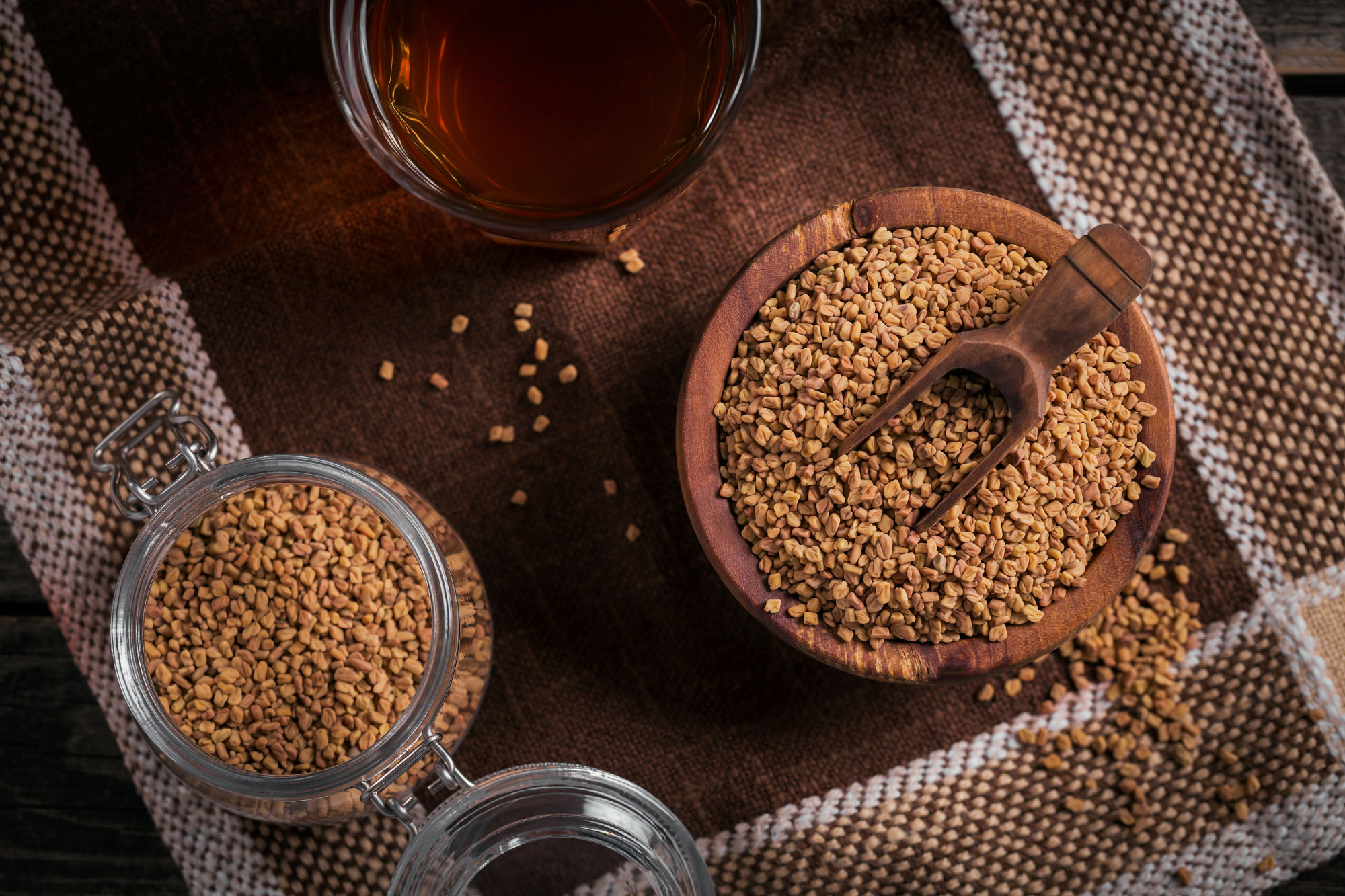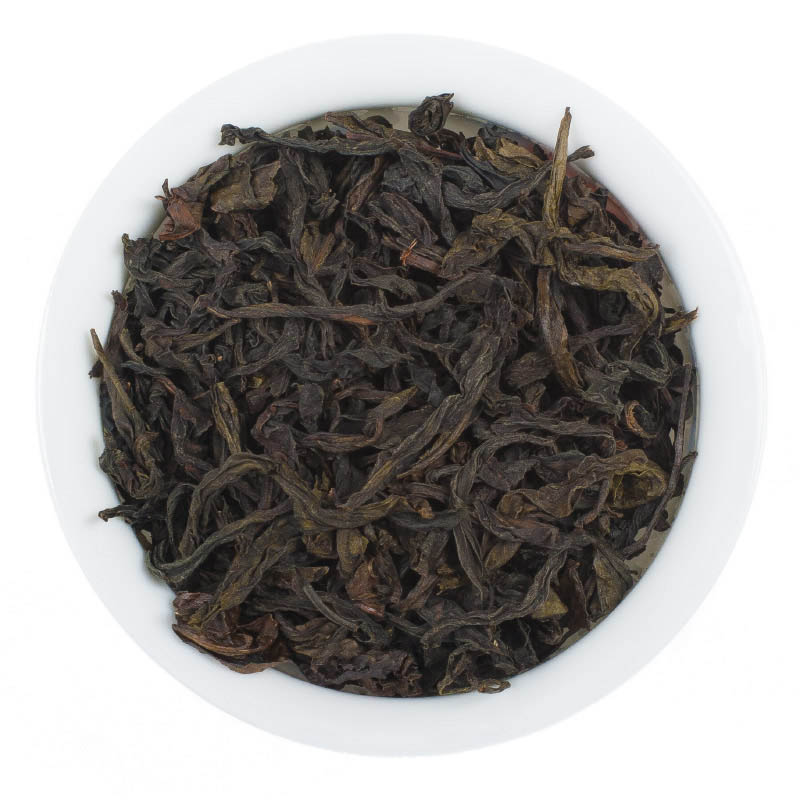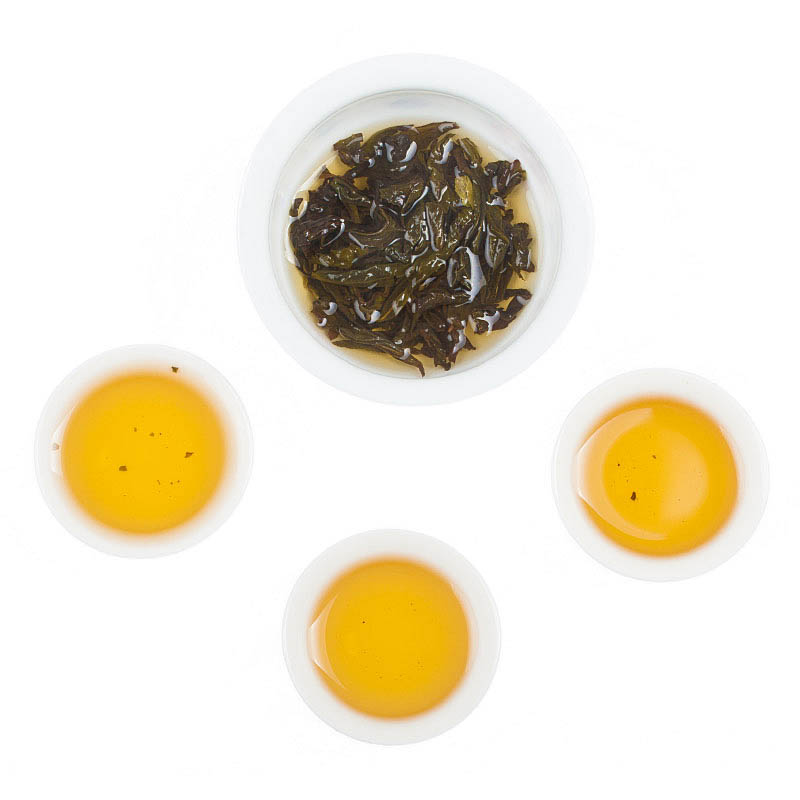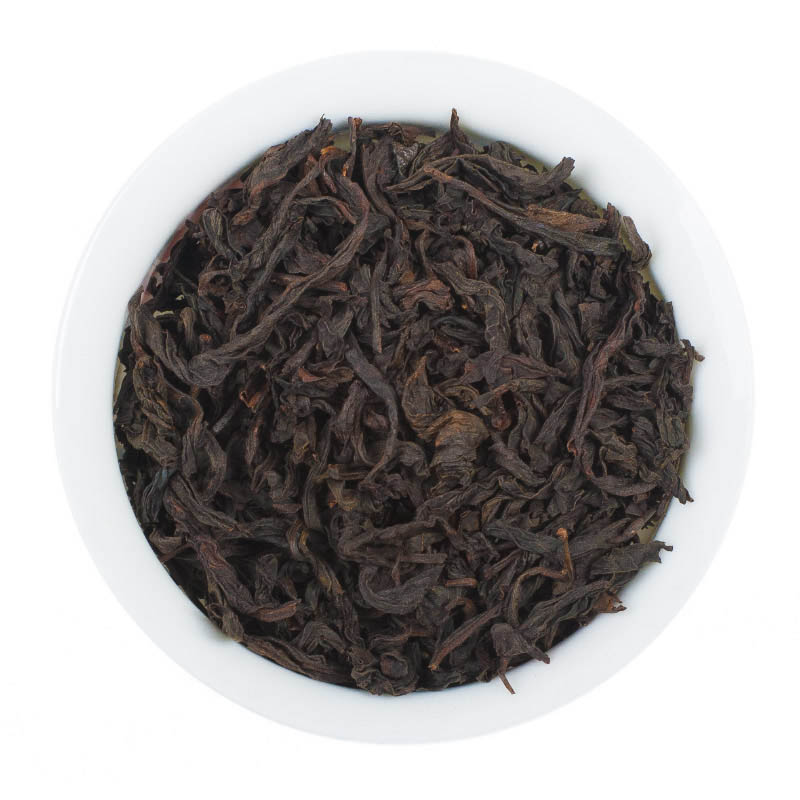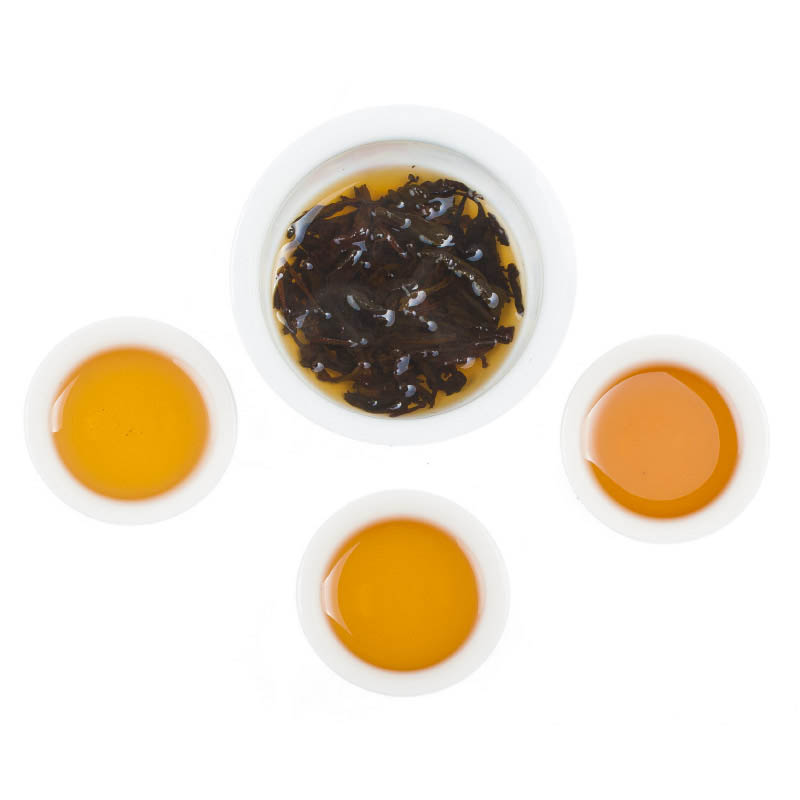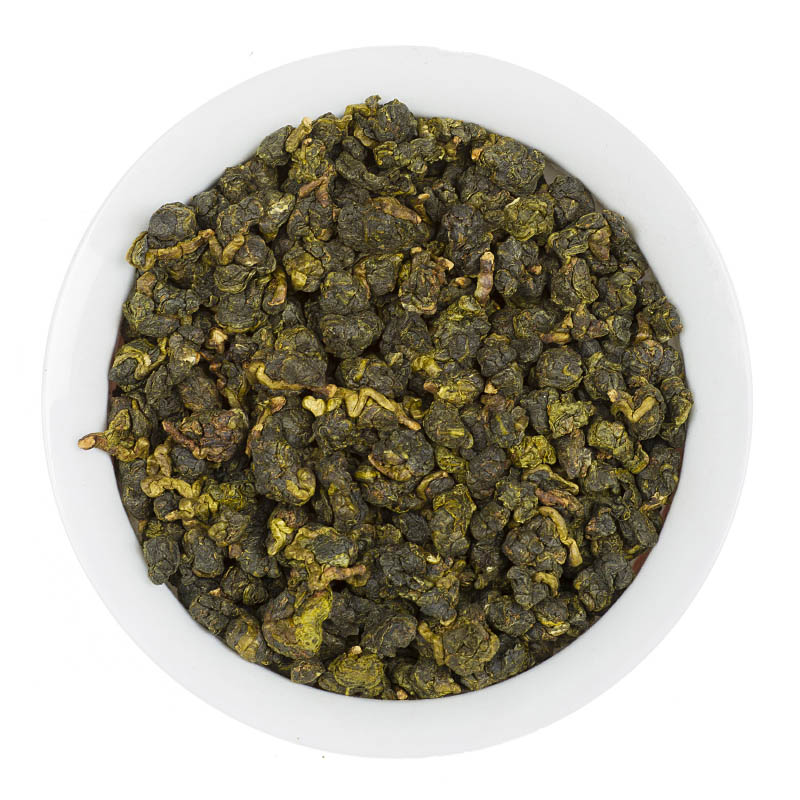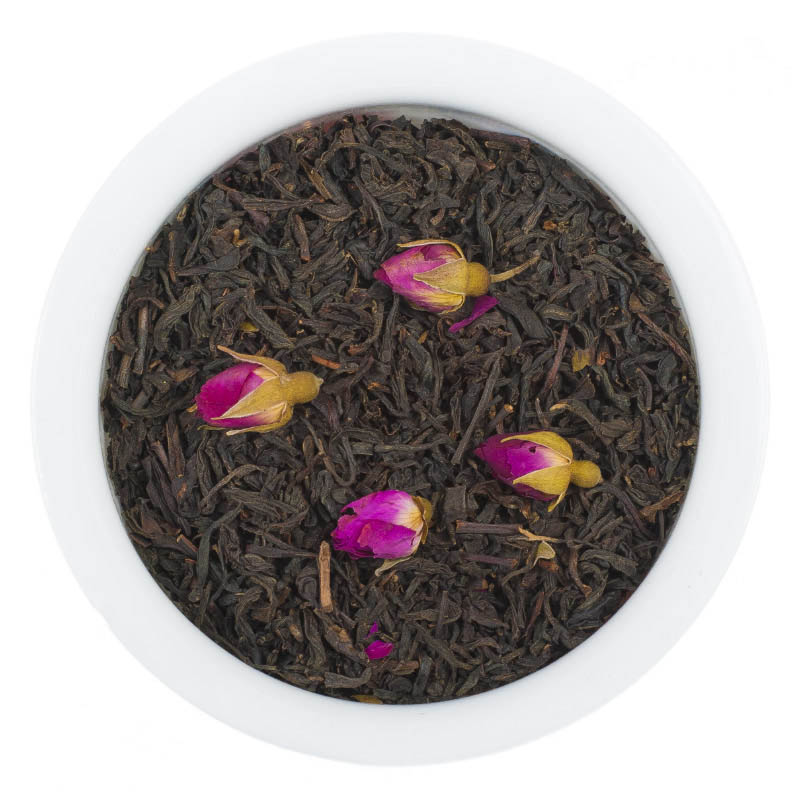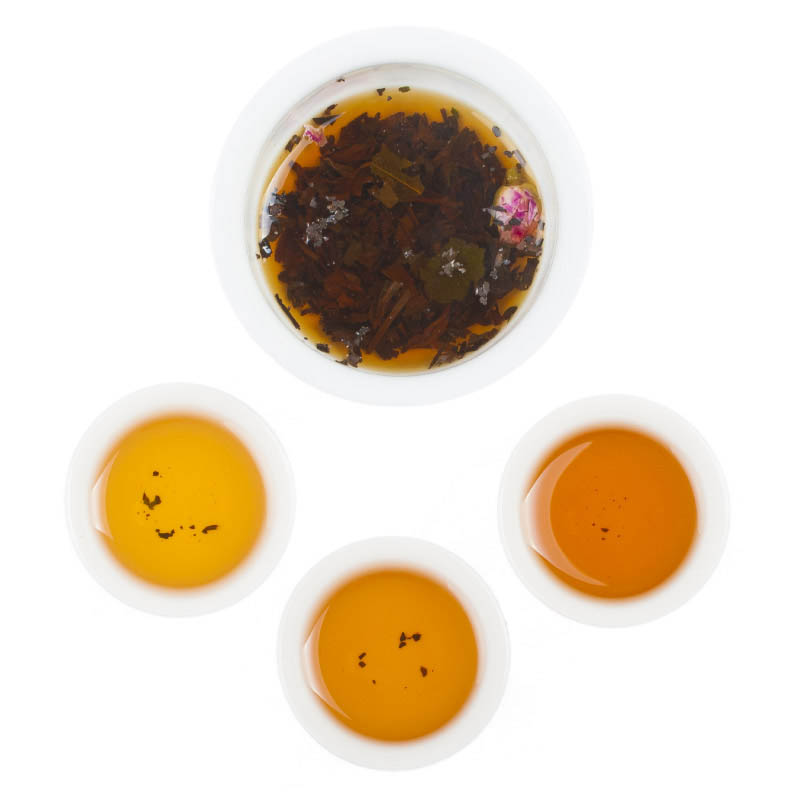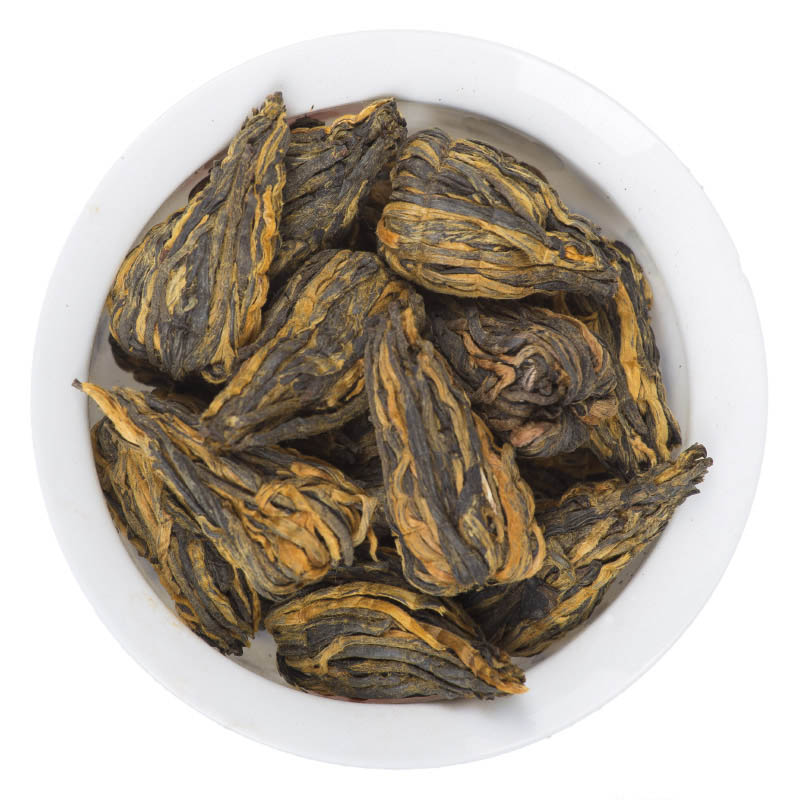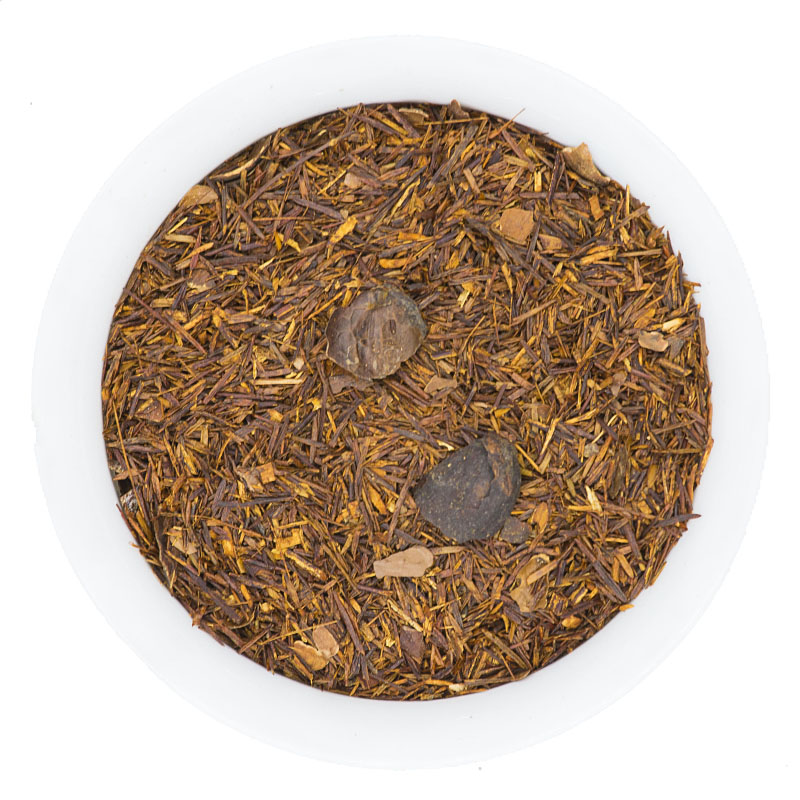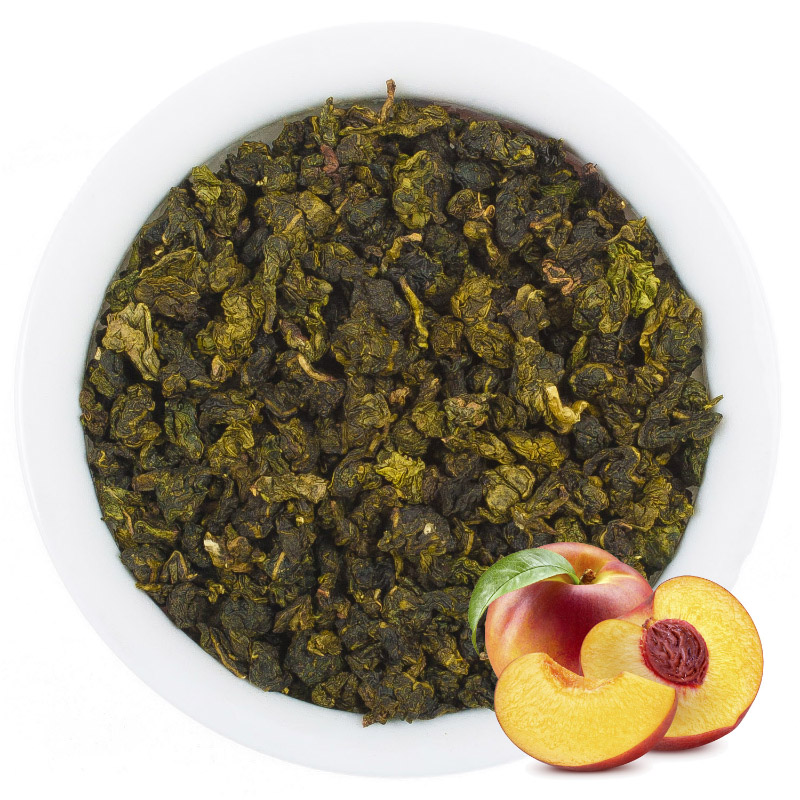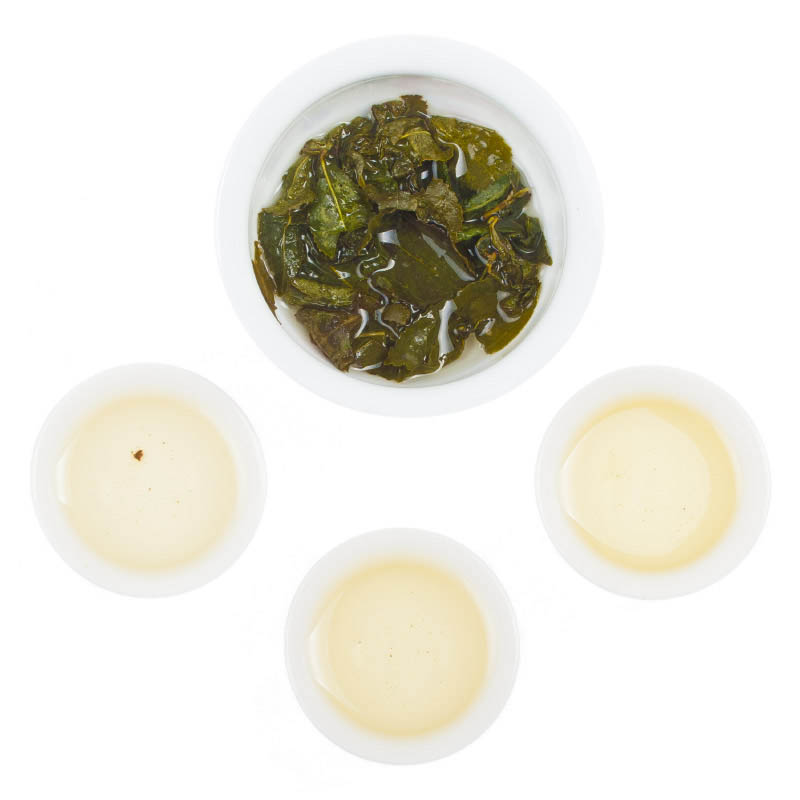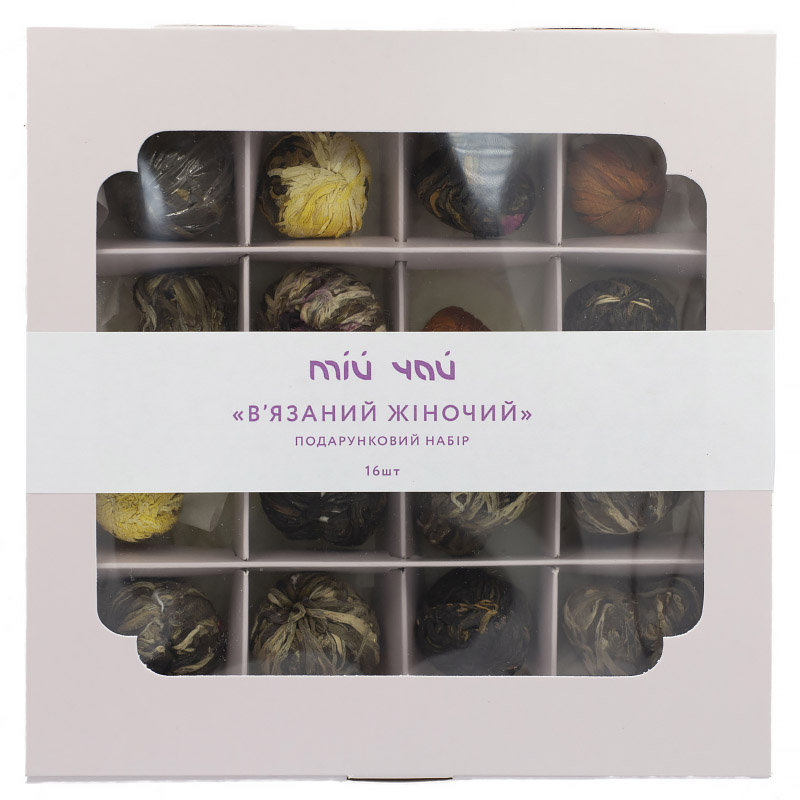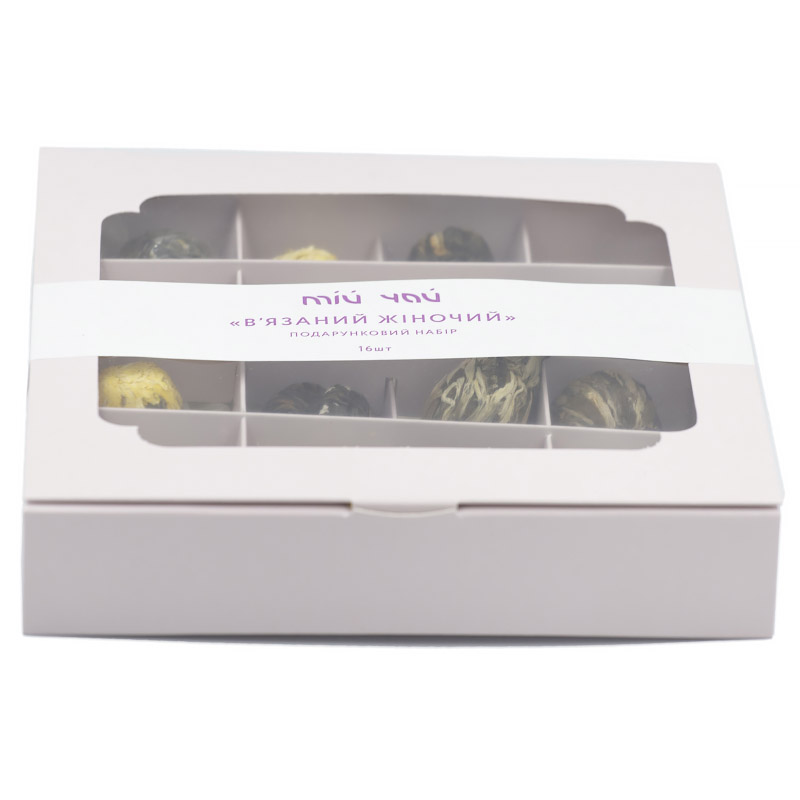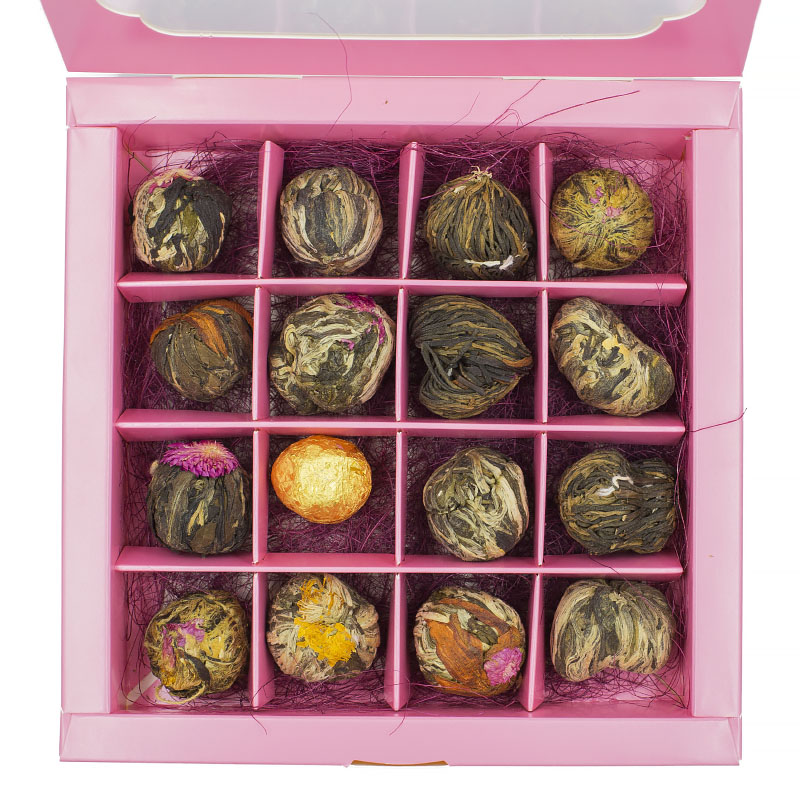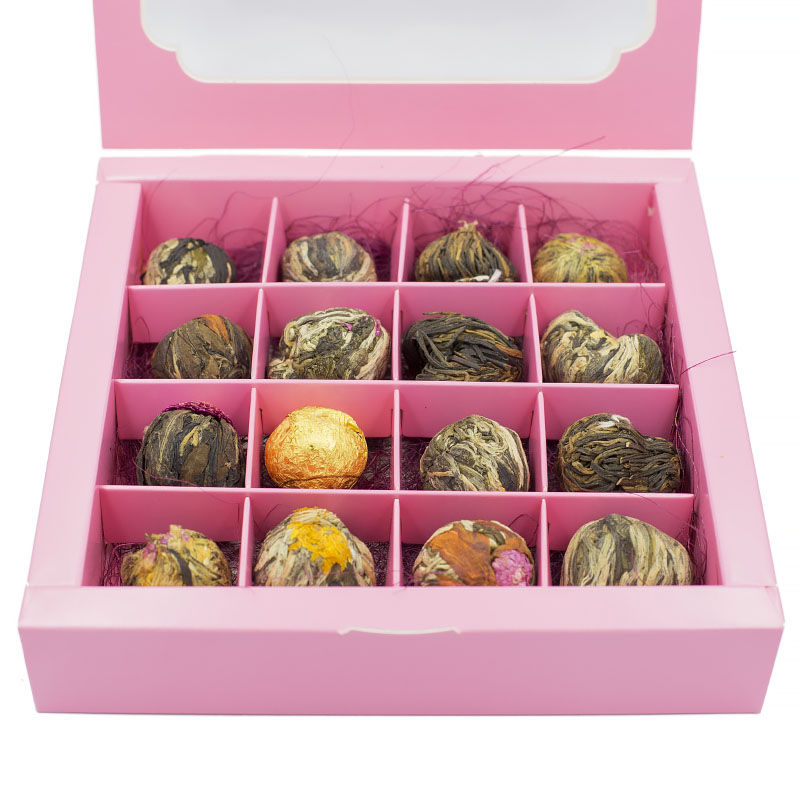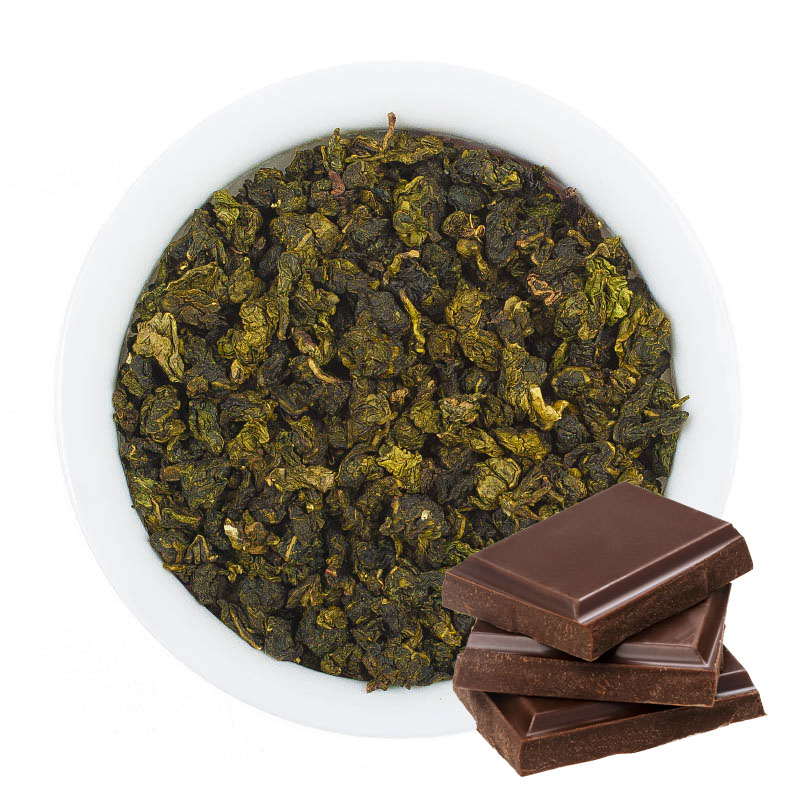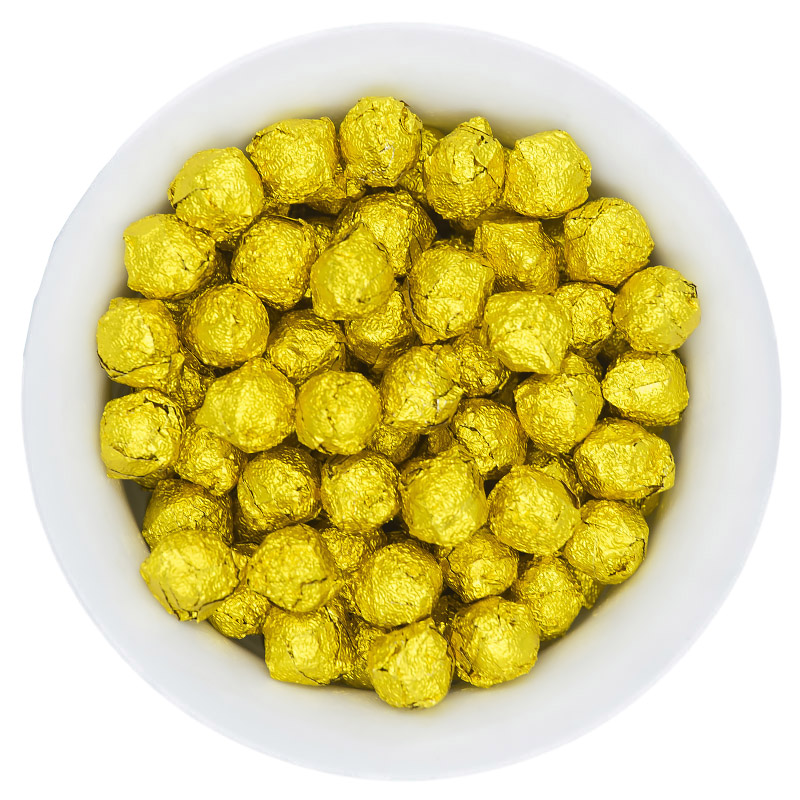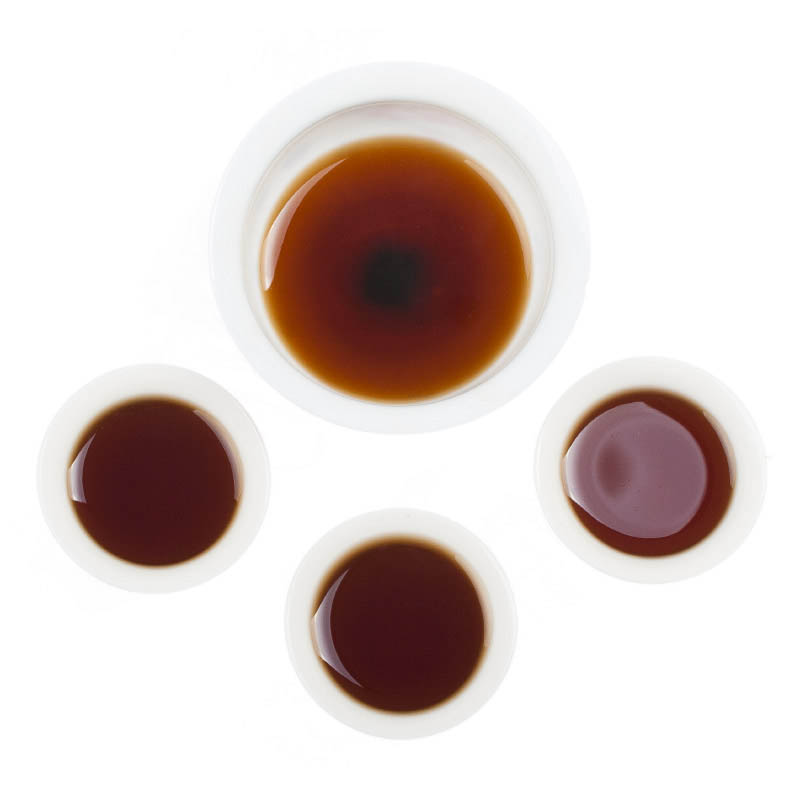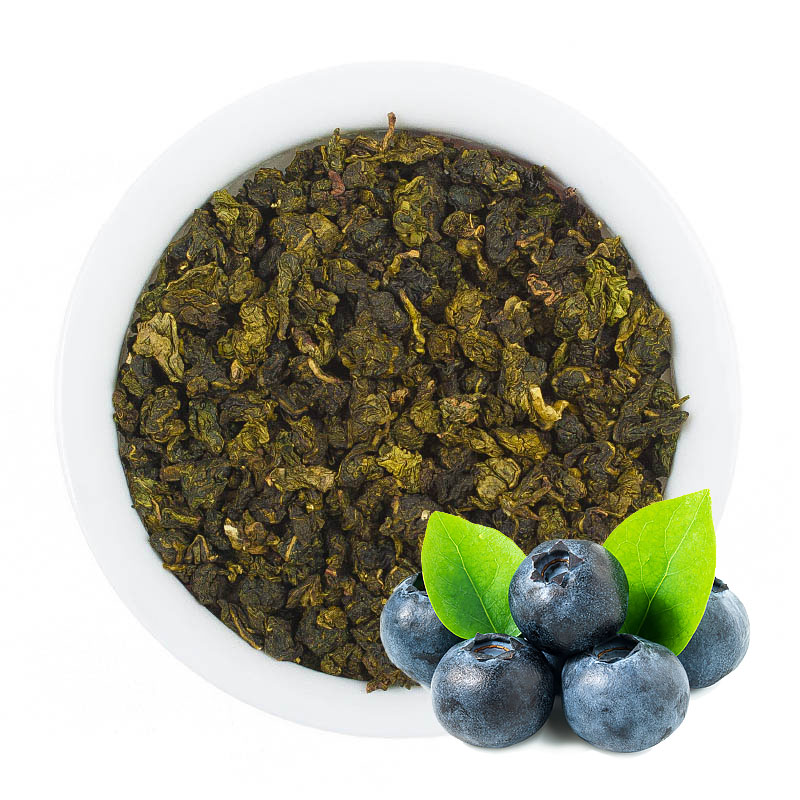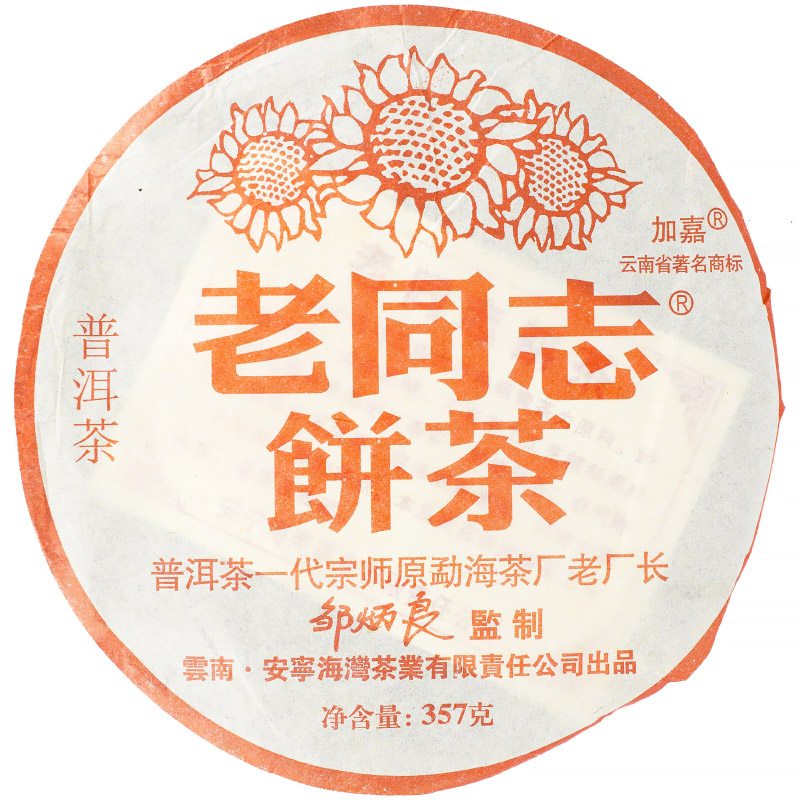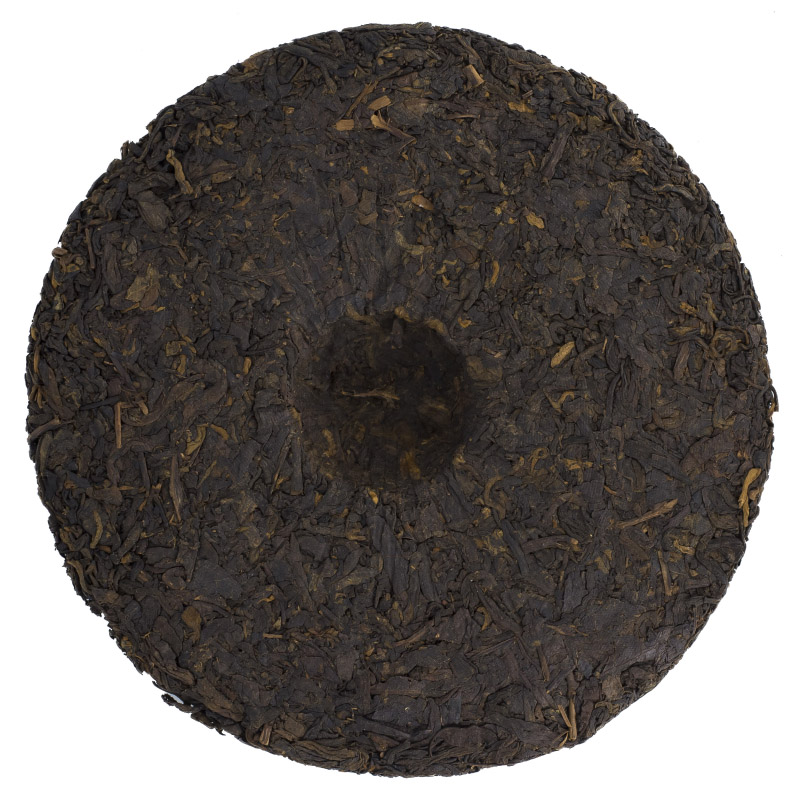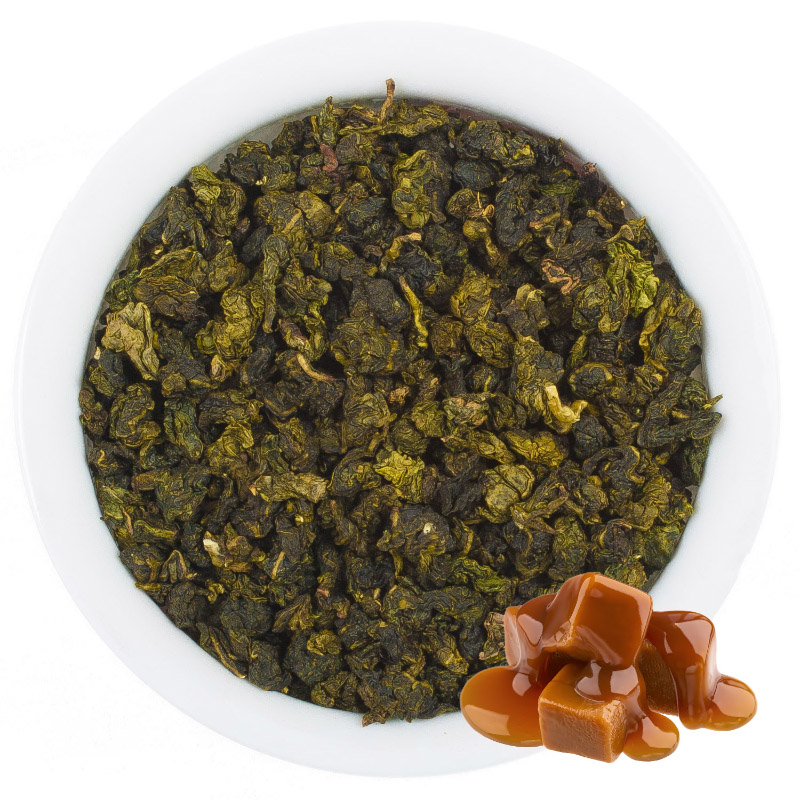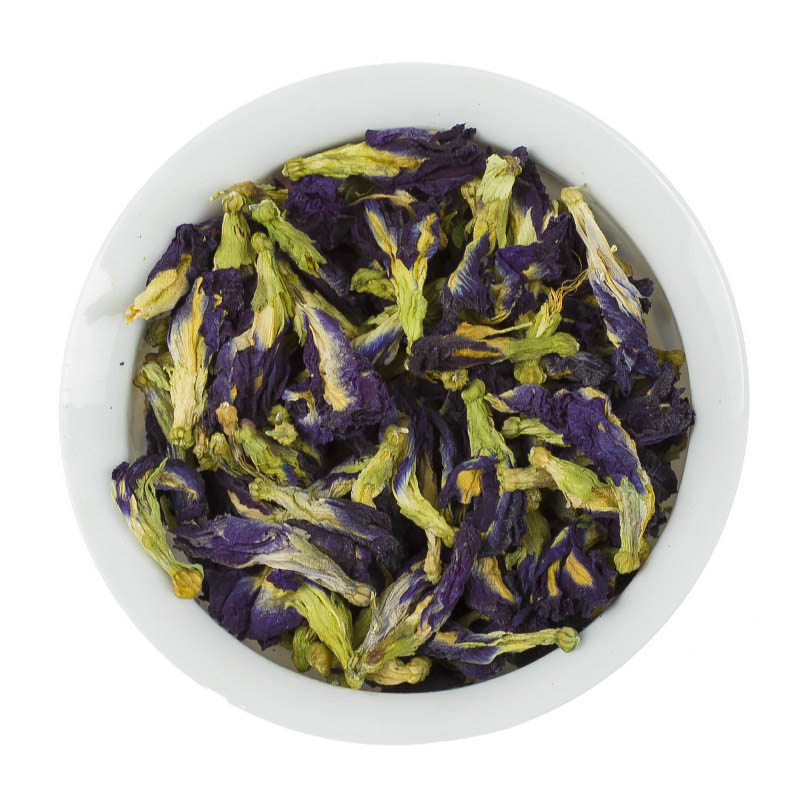Contents
- History of the Divine Drink’s Origin
- Official Tea History
- Storage and Preparation of the Beverage
- Undeniable Benefits
- Contraindications for Tea Consumption
- Tea Drinking Etiquette and Culture
- Preserving Fenugreek's Nutrients
- A Curious Historical Excursion
Egyptian yellow tea is a source of pride for Egyptians, who honor their history, value health, and are eager to share this unique discovery with the world.
History of the Divine Drink’s Origin
Egyptian yellow tea “Helba” is unique because it’s not brewed from leaves but from the seeds of the annual fenugreek plant. Sun-ripened seeds turn yellow and release a delicate aroma when steeped in hot water.
Fenugreek has been used in Egypt since the time of the ancient pharaohs—seeds were even found in tomb excavations. Initially used as animal feed, someone discovered its potential as tea.
The plant is hardy yet challenging to grow under Egypt’s harsh sun, so most farming shifts to India for export. Egyptians value fenugreek seeds not only for tea but also in cosmetics, considering them a treasure trove of beneficial nutrients.
Official Tea History
The earliest records of this brew date back to 1500 BCE in ancient papyri. Fenugreek seeds were used to treat wounds, ease childbirth, and in embalming.
Ancient Greeks believed in fenugreek’s power, giving it to gladiators and warriors to enhance strength and focus before battles.
Arab scholars included fenugreek in medicinal concoctions, firmly believing in its healing properties. By the 11th century CE, its popularity had spread beyond the East.
In Europe, Egyptian yellow tea appeared relatively recently and generated curiosity. Initially costly, its price fell as plantations expanded, making it more accessible.
Storage and Preparation of the Beverage
Fenugreek seeds have a strong aroma that can transfer to nearby foods. They should be stored in airtight containers. Both whole and ground seeds can be used for brewing.
- Rinse a couple of teaspoons of seeds, then pour boiling water over them.
- Simmer gently for a few minutes until the brew develops rich color and aroma. Strain and enjoy plain or with honey/lemon.
- A quick brew with just hot water is easier but less potent.
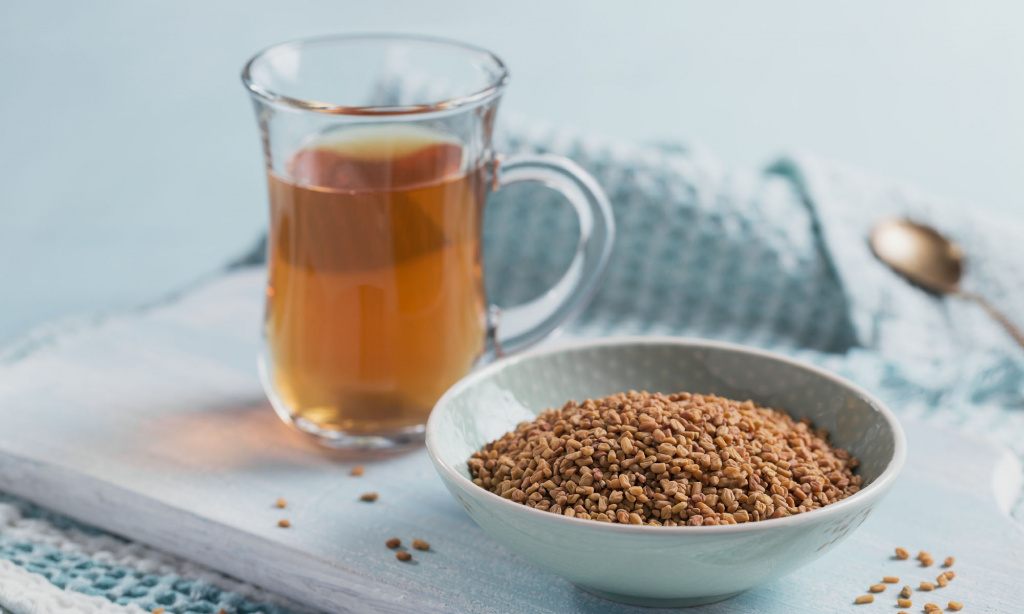
Undeniable Benefits
- Helps normalize blood pressure and reduce fatigue (consult a doctor if hypertensive);
- Regulates blood sugar—valuable for diabetics;
- Detoxifies the body and supports hormonal balance;
- Eases cold symptoms, clears bronchi, reduces fever;
- Improves skin health, reduces sweating and body odor.
For maximum benefit, consume slightly cooled tea. The seeds are edible—mix them with honey post-brew for digestive support.
Contraindications for Tea Consumption
Caution advised for frequent or long-term use in individuals with:
- low blood pressure;
- allergies;
- pregnancy or breastfeeding;
- children under age 3.
Others may enjoy it moderately, but it’s not a cure-all; benefits come gradually.
Tea Drinking Etiquette and Culture
Helba can be drunk both hot and cold: hot for colds, cold to refresh in heat.
For weight loss, drink three fresh brews daily—up to 2 L per day.
Sip slowly, avoid drinking it with meals. Milk can add depth, but skip sugar—use a splash of honey if desired.
Preserving Fenugreek's Nutrients
Seeds can be stored up to 5 years in airtight containers, away from spices. Purchase Fenugreek seeds online from “My Tea” store.
A Curious Historical Excursion
- Charlemagne used fenugreek against baldness;
- Benedictine monks used it in spiritual rituals;
- In Saudi Arabia, it’s used during Ramadan feasts;
- In the US, it’s used in sauces and ketchup; Ethiopians bake it into bread.
Egyptian yellow tea is a thoughtful choice for those who value health, history, and the ancient wisdom of healing brews.
